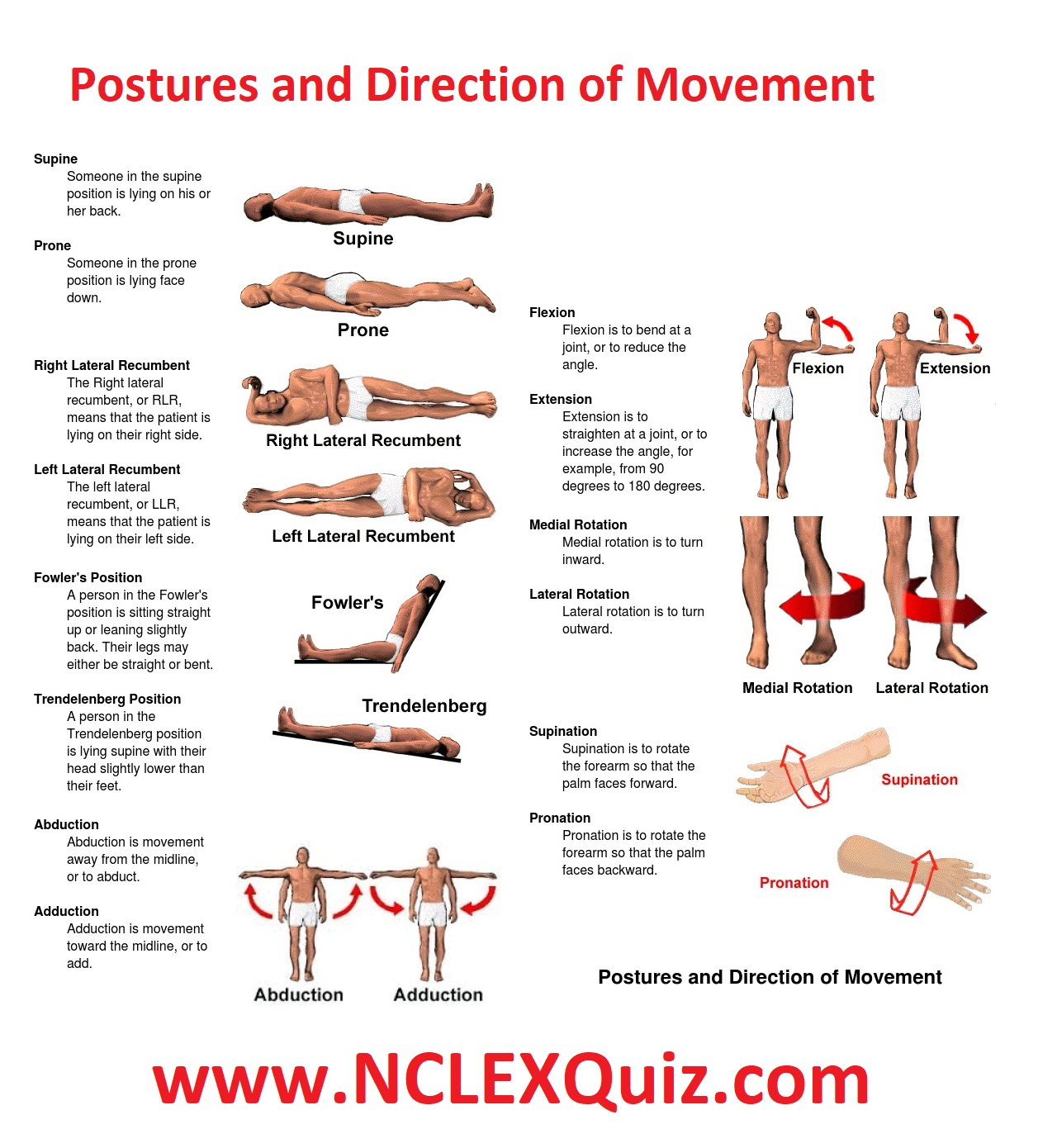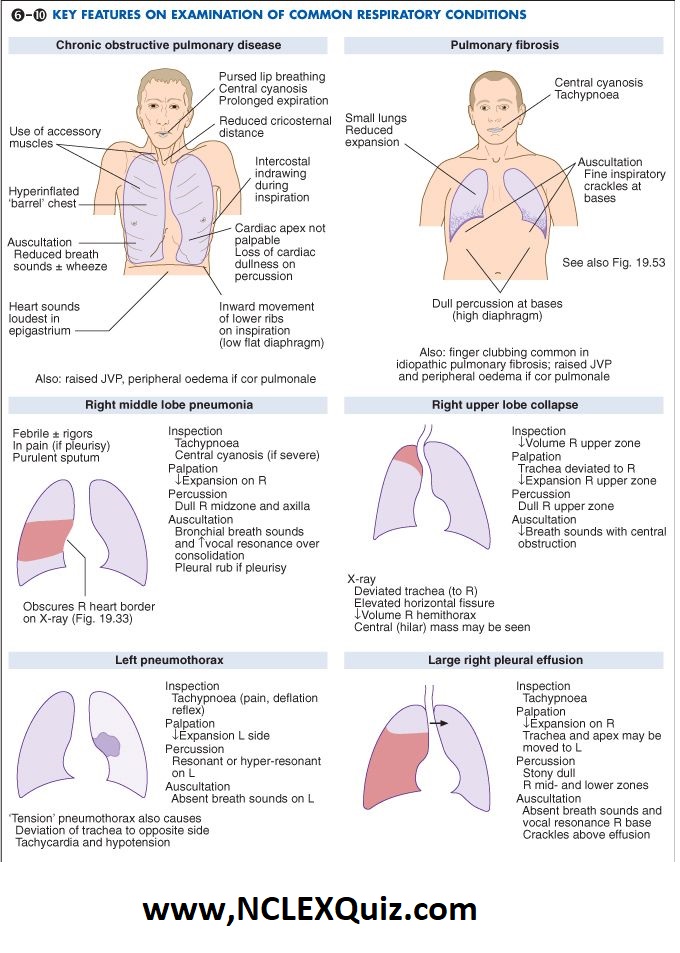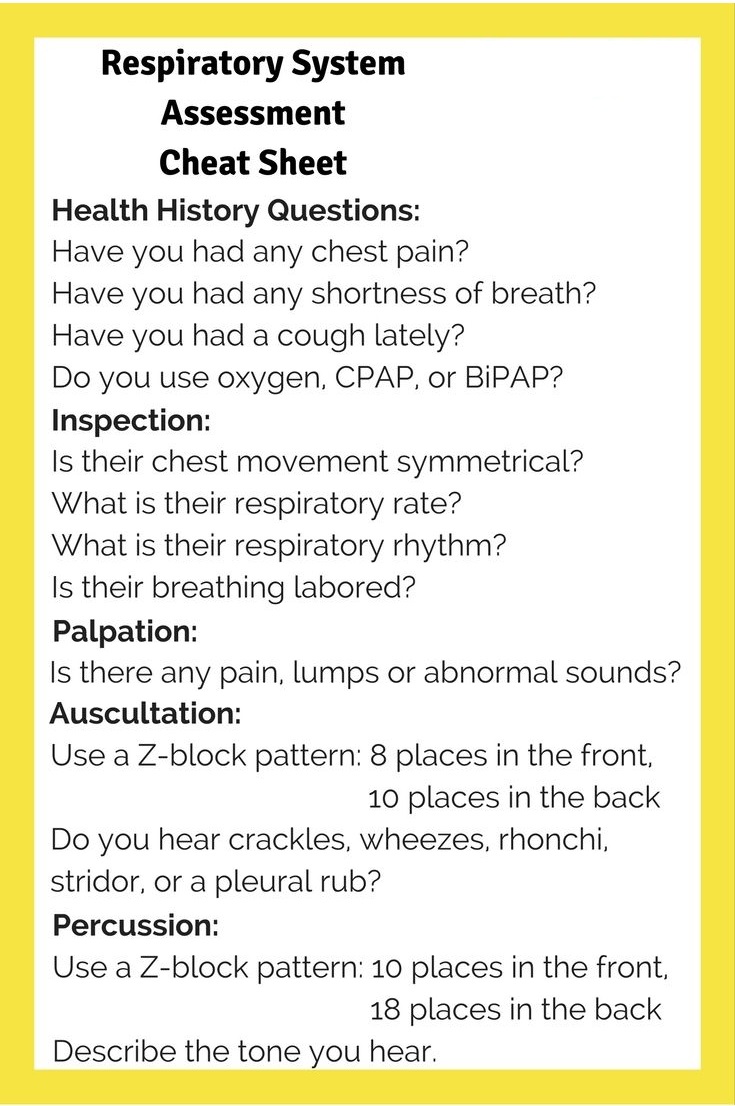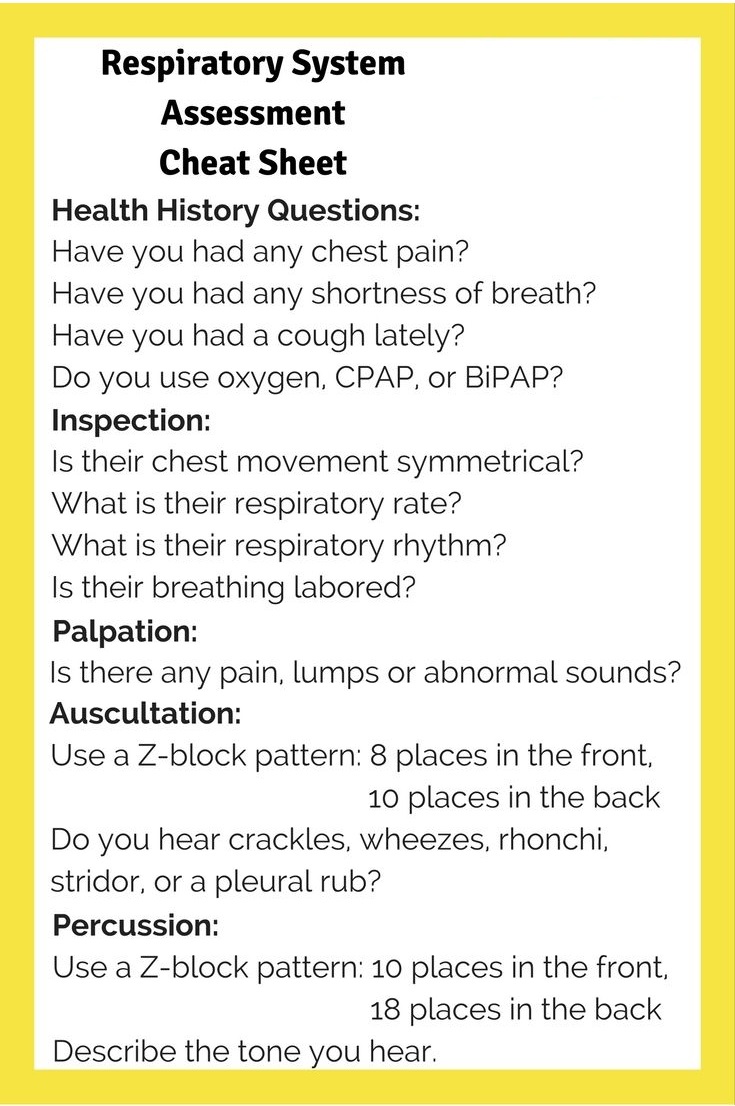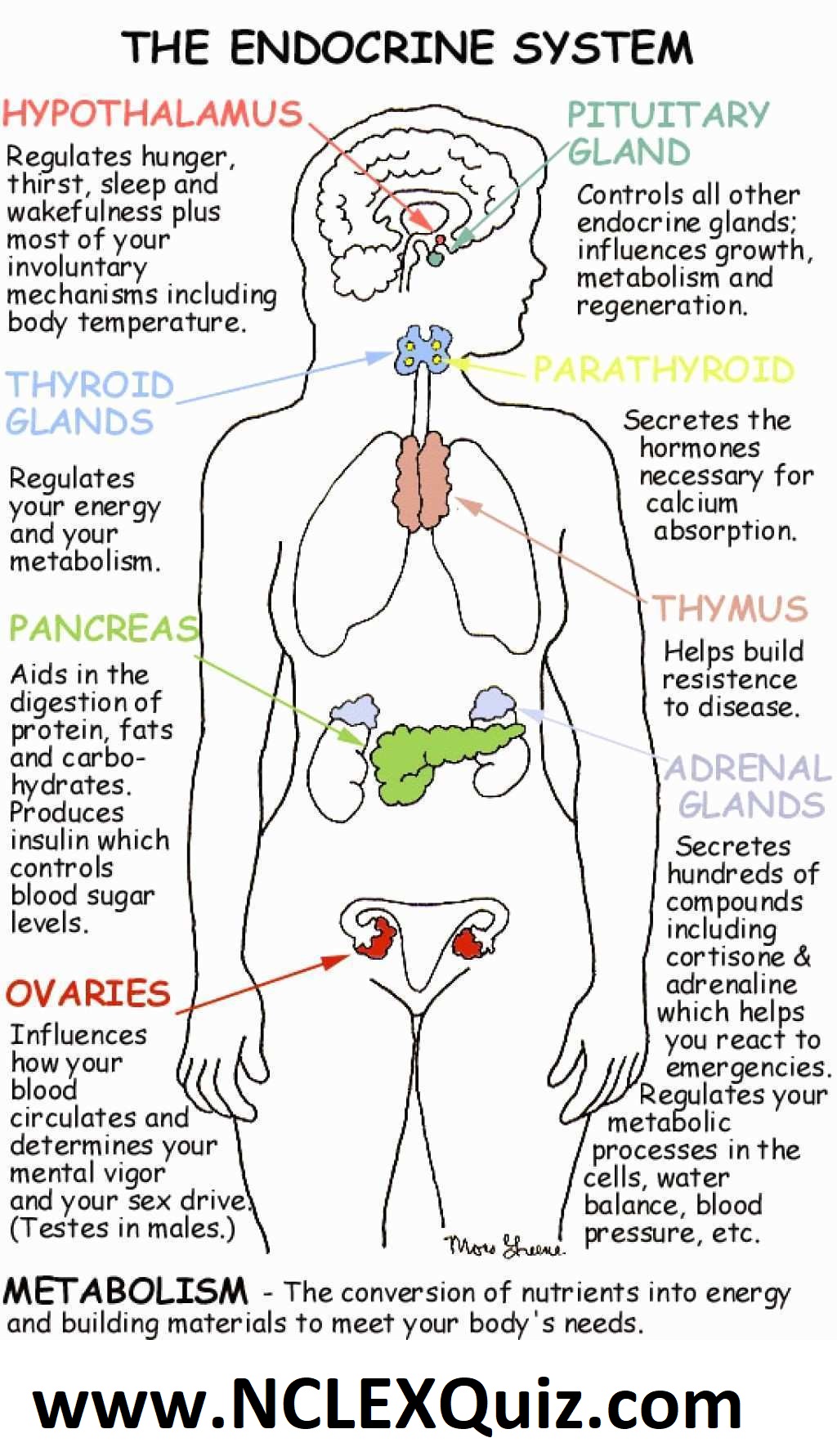Hypotonic, Isotonic & Hypertonic Fluids For Nursing Students
Crystalloid solutions are distinguished by the relative tonicity (before infusion) in relation to plasma and are categorized as isotonic, hypotonic, or hypertonic.
Osmosis allows molecules of the solvent to pass through a semipermeable membrane from a less concentrated solution to a higher concentrated solution.
Water moves readily across cell membranes through special protein-lined channels, and if the total concentration of all dissolved solutes is not equal on both sides, there will be net movement of water molecules into or out of the cell.
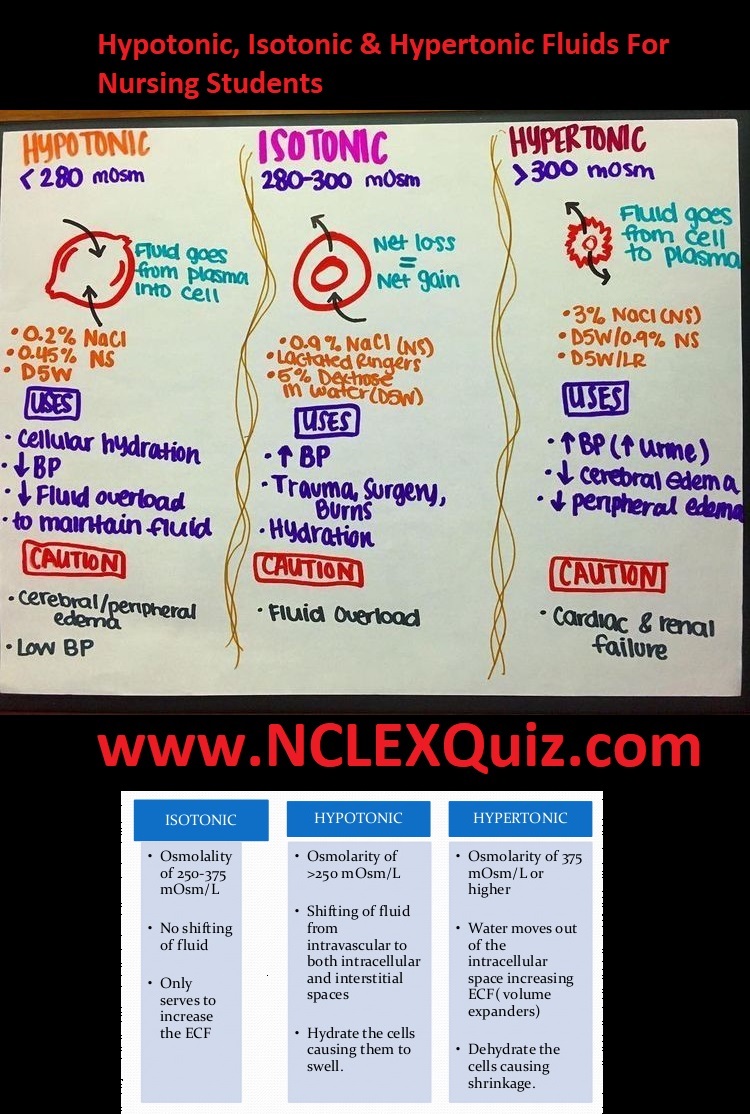
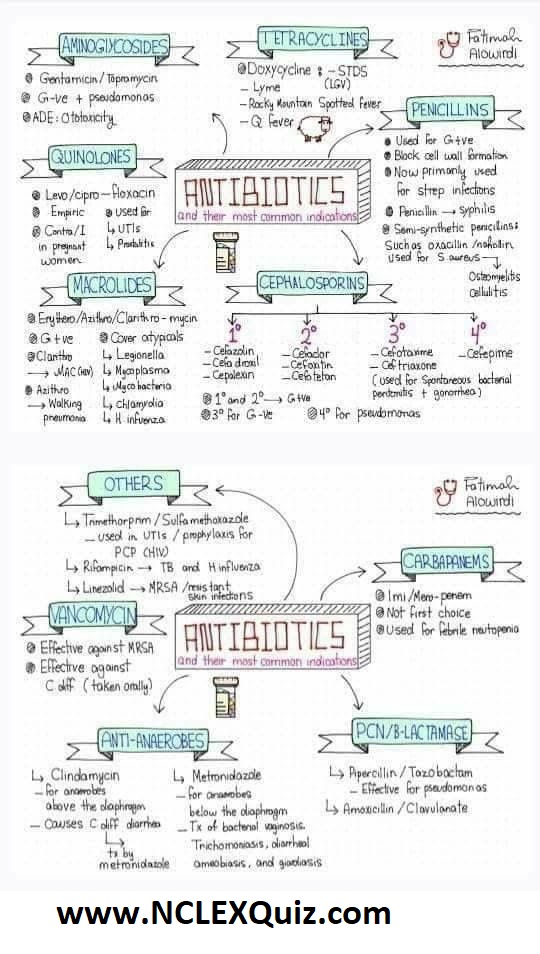
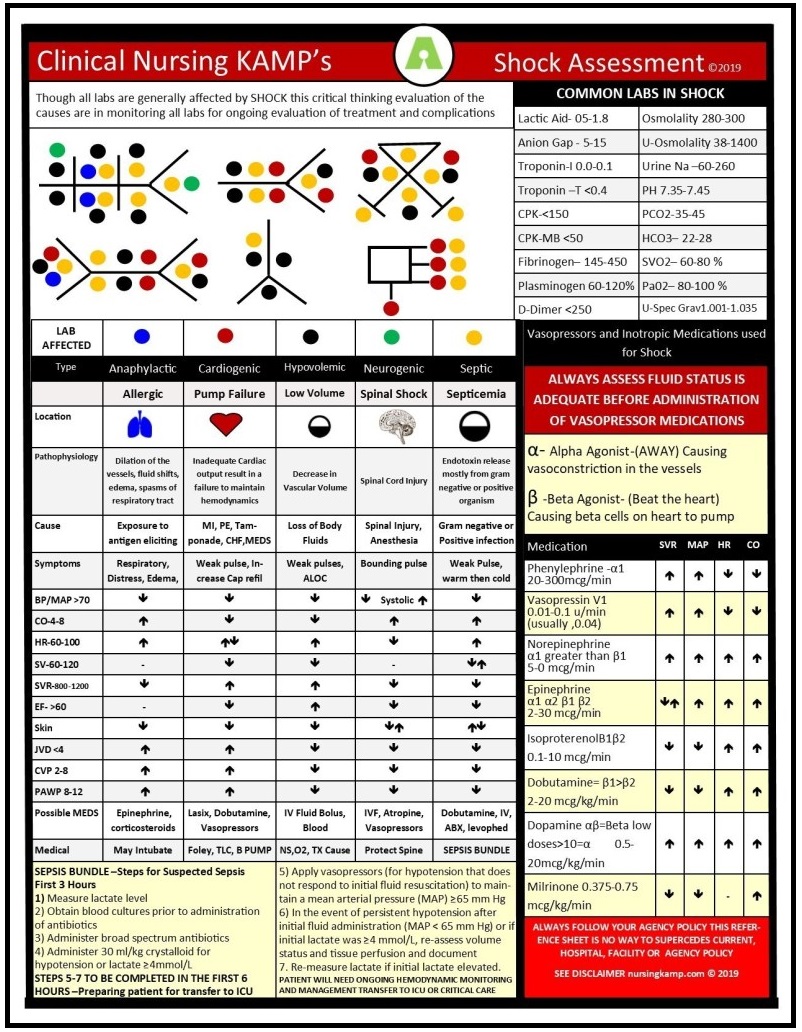
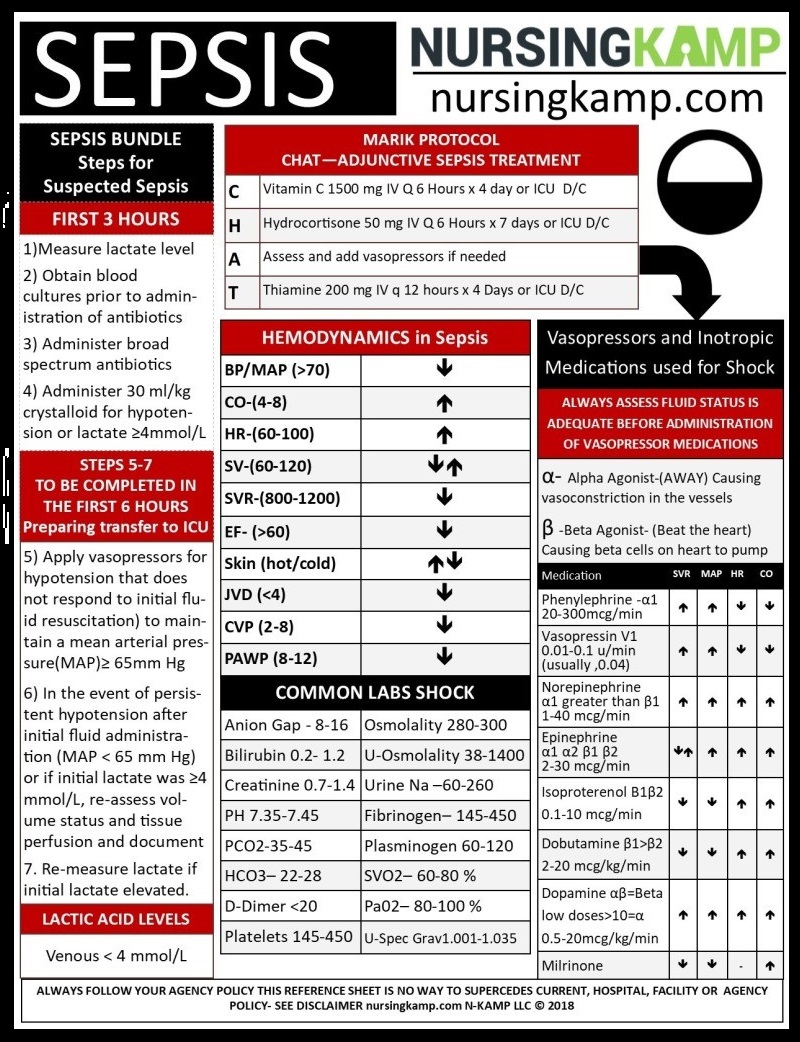

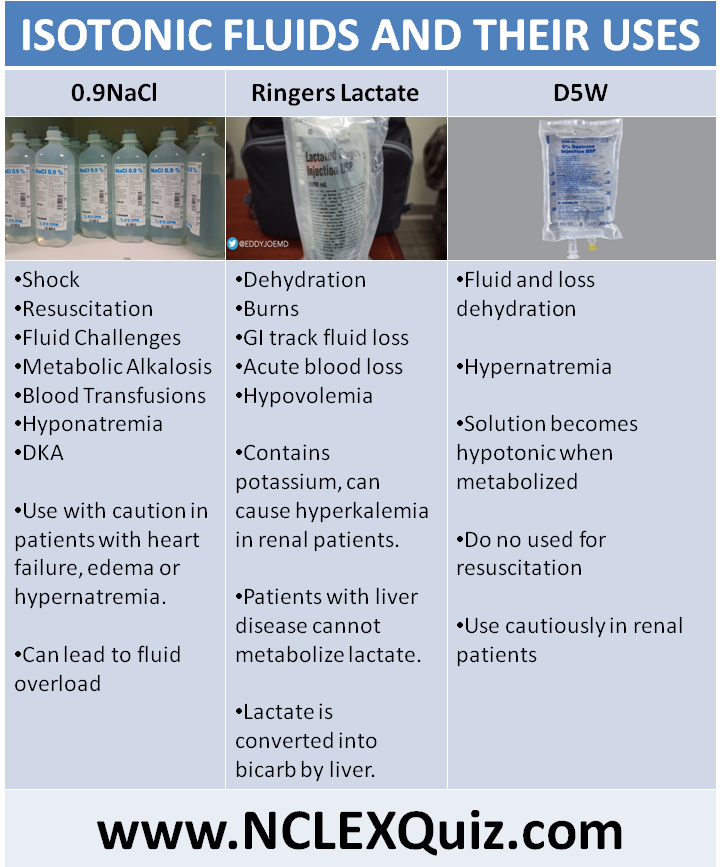 :
: